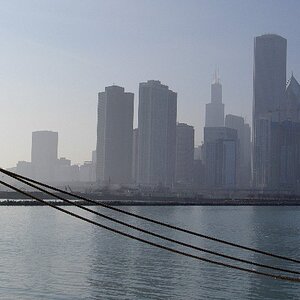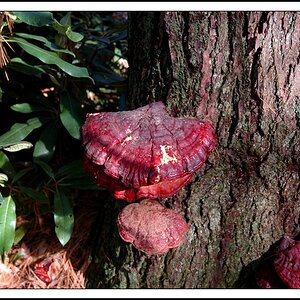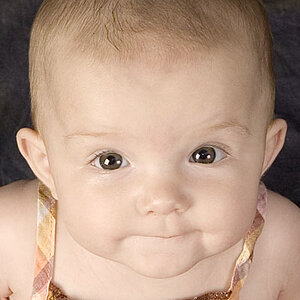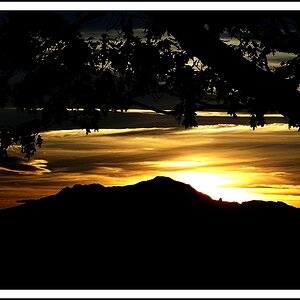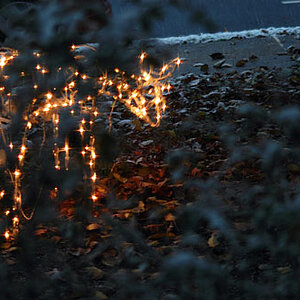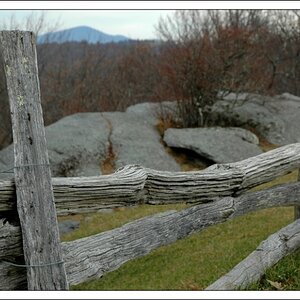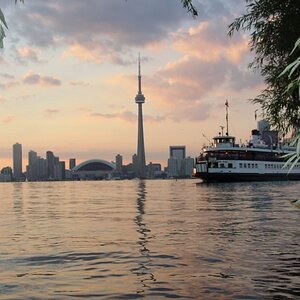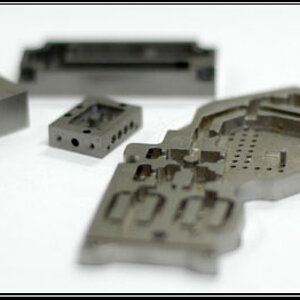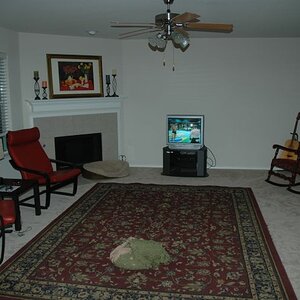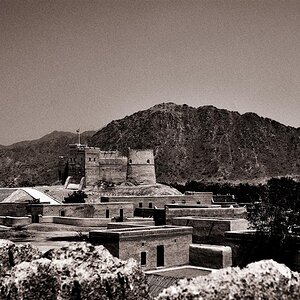darich
No longer a newbie, moving up!
- Joined
- Jan 22, 2005
- Messages
- 1,230
- Reaction score
- 1
- Location
- Near Lanark, Scotland
- Website
- www.darich.co.uk
- Can others edit my Photos
- Photos NOT OK to edit
Christie Photo said:Now THAT really narrows the field. You just excluded 90%+ (a rough guess) of all images made with cameras.
Pete
By no skill, i meant no control over any of the variables that a camera user has. Using a scanner means there is no control over exposure, aperture, quantity of light, depth of field and even composition is a guess.
I'd disagree with your claim that 90%+ of photographs are taken in a similar way ie no control.
Every person who has ever taken a photo, has used a level of skill to compose a photo. Even if composition is poor, it's a concious choice to have it that way - even if it IS a bad choice. When using a scanner you have no way of knowing exactly what will be produced prior to scanning. You can guess but it's a guess - no skill.
Even a cheap 35mm point and shoot camera gives the user a choice of flash or no flash ie light control. Composition is chosen before the shot so that "what you see is what you get"...not "what you want is maybe what you'll get" when using a scanner.
Even if aperture and DOF are fixed by the cheapest of cameras, both variables are at least present in the image recording process.


